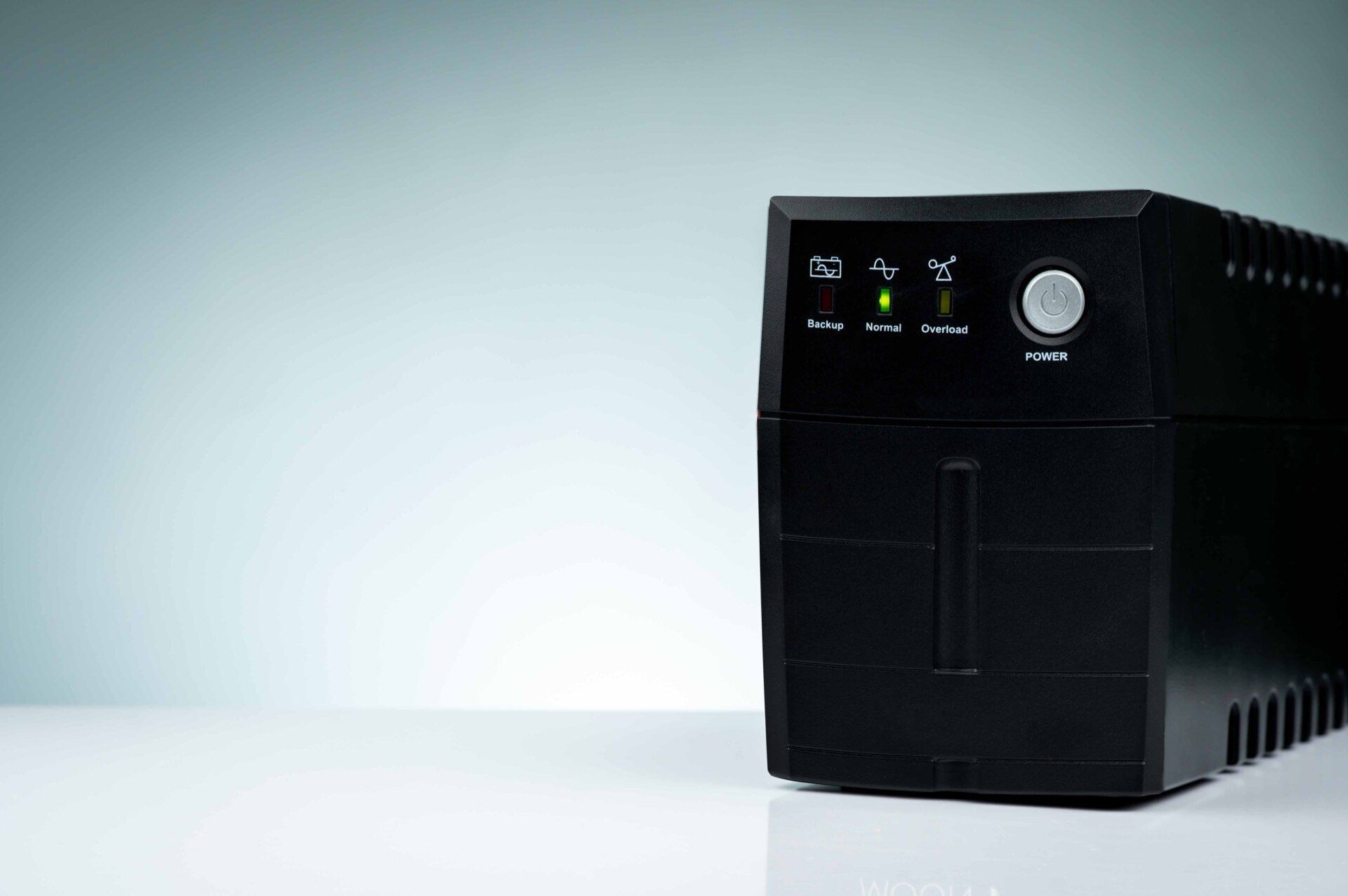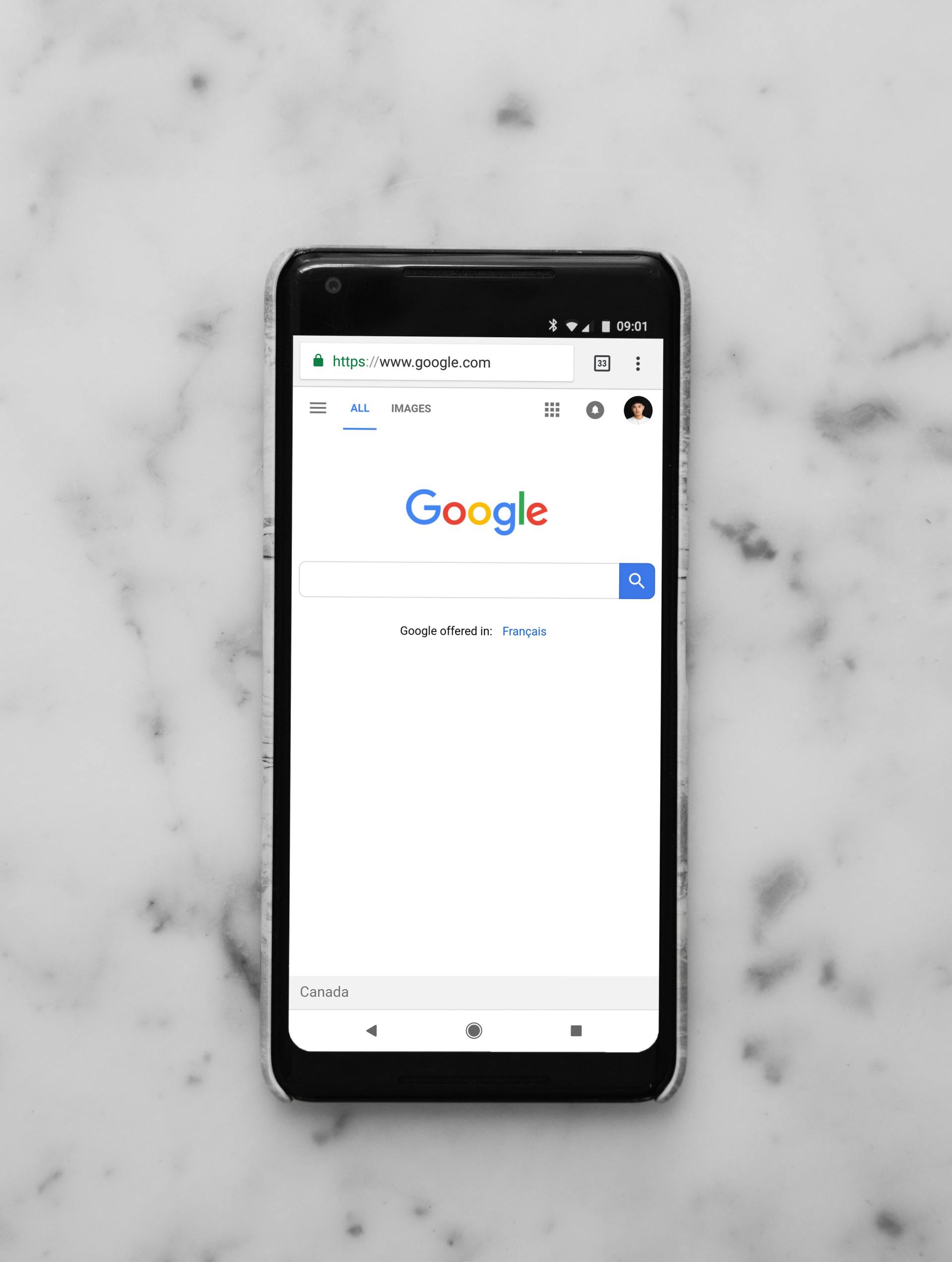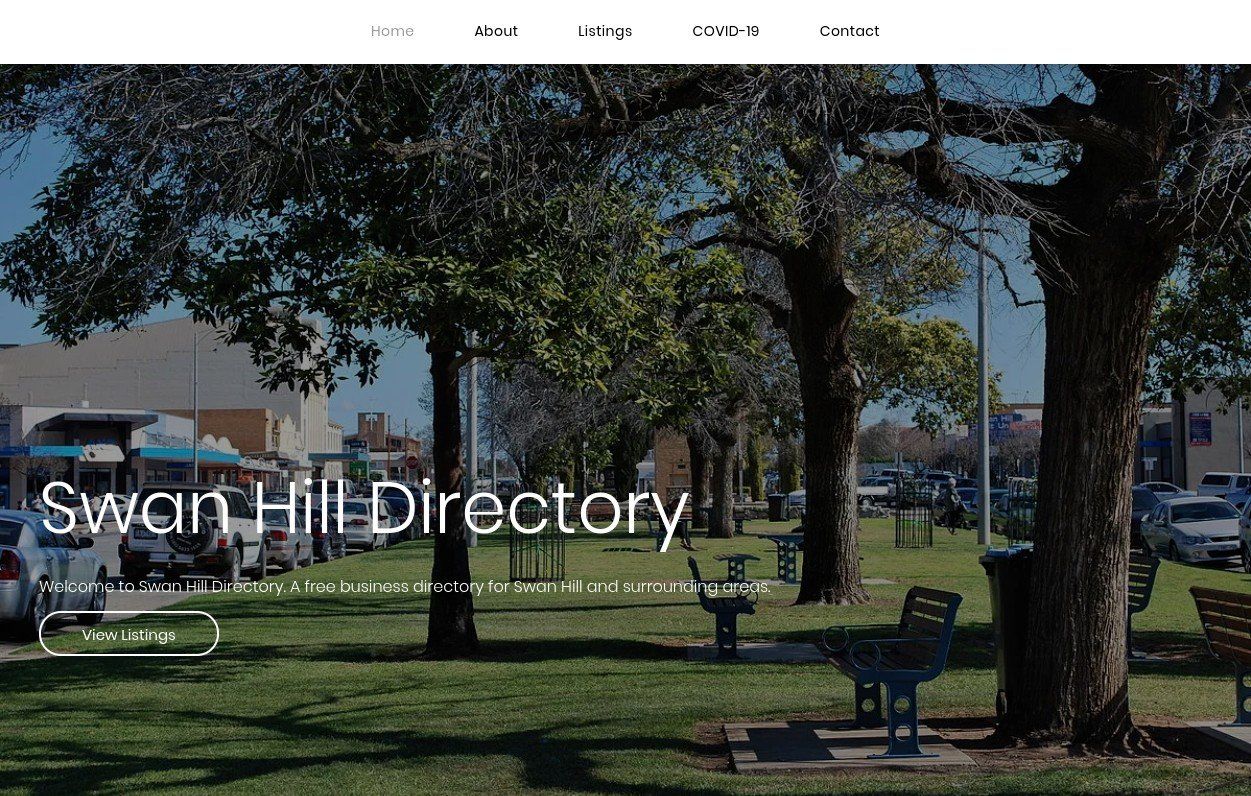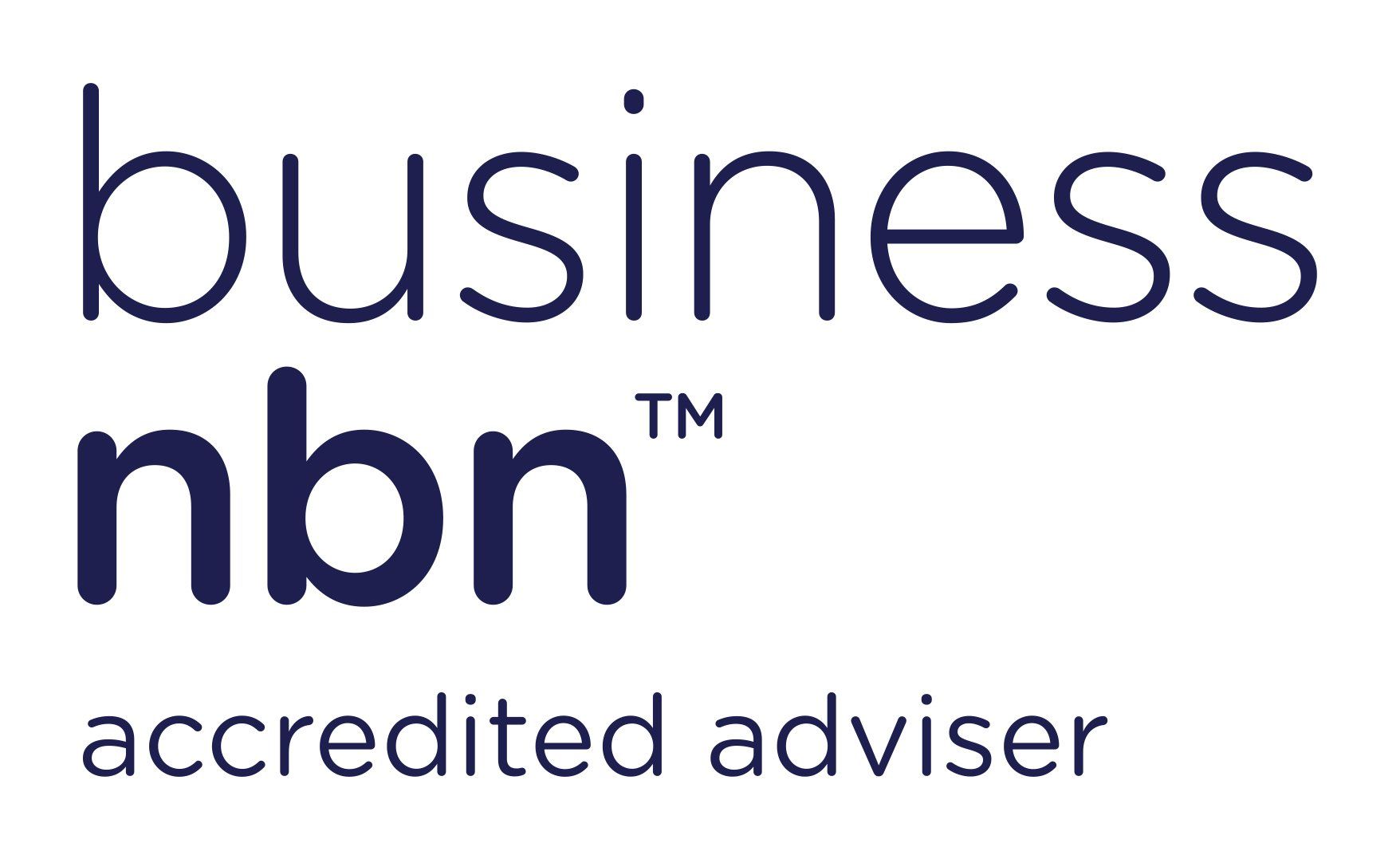Video Conferencing
Video Calls and Conferences in a COVID World
As more people start working from home, video conferencing and / or video calling is becoming more important for maintaining face to face contact.
We will cover some of the multitude of options out there for doing either video conferencing (many people at once) and video calling (person to person).
Google Duo
Price - Free
Google Duo is free to use, supports person-to-person and group calling with up to 8 people involved.
It works across computers, smartphones and tablets, and Google Assistant compatible smart displays.
It doesn’t require any software to be installed on computers, and uses an app on smartphones and tablets. It’s built into smart displays.
Google Hangouts
Price - Free
Google Hangouts is free to use with a Google account. It supports person-to-person and group calling with up to 150 people, along with presentations. It also can integrate with other video conference solutions like Microsoft Teams, Webex, Polycom and Lifesize video conference solutions via the Pexip Infinity Platform.
It also provides chat services.
It works across computers, smartphones and tablets, and meeting room systems (Google Hangouts systems and via Pexip Infinity Platform to others).
It doesn’t require any software to be installed on computers, and uses an app on smartphones and tablets.
Skype
Price - Free
Skype has been around for over a decade. It provides person-to-person and group video calls up to 50 people.
It works across computers, smartphones and tablets, Amazon Alexa compatible devices and Xbox consoles.
UPDATE APRIL 4
In response to the increased demands for easy to use video conferencing that abides by basic privacy and security protections, a new "Meet Now" service has been released. The service can be found here https://www.skype.com/en/free-conference-call/ and requires no software to be installed, and no accounts to be created to use.
Microsoft Teams
Price - Free
Teams has replaced Skype for use in business environments, so is available to any business with an Office 365 subscription. It provides person-to-person and group video conferencing functionality.
It works across computers, smartphones and tablets, some meeting room systems and can integrate with other solutions via the Pexip Infinity Platform.
Teams also provides chat services, and a host of additional collaboration functionality.
Slack
Price - Free
Slack is the tool Microsoft Teams was created to compete with. It can provide person-to-person and group video conferencing. It can also integrate with other platforms like Google Hangouts, GoTo Meeting and WebEx.
It works across computers and smartphones and tablets.
Slack also provides chat services and a host of additional collaboration functionality.
Cisco WebEx
Price: Free, plus various paid tiers.
Cisco WebEx is a long time player in the video calling / video conference industry. It provides both person-to-person and group video calls with up to 50 participants for free normally.
In support of the COVID-19 situation, unlike some of their competitors (such as Zoom) Cisco has increased the functionality of the free tier. It now includes up to 100 participants in video calls, no time limits on meetings, and phone dial in for people who don’t have a computer.
It works across computers, along with smartphones and tablets, and also has meeting room solutions and can integrate with the Pexip Infinity Platform with other systems such as Google Hangouts, Microsoft Teams and Slack.
Webex also has other collaborative functionality such as chat functions and more.
For security reasons, always use a secured (i.e. use a password) on the meeting links.
Signal
Signal is arguably the premier secure messaging app available today. It is an open source solution controlled by a Foundation rather than corporate interests, has to date never been hacked, is as privacy and security focused as any messaging app could be. It's Signal Protocol (the system behind the app that provides transmission of messages) is used by Skype and other platforms for their encryption.
Signal is free to use, can be run on Windows, Mac OS, Linux, Android and iOS phones. It can be used for messaging, phone calls and video calls. For messaging it has group functionality, for phone calls and video calls it can only be used for one-to-one calls at this stage.
It's everything WhatsApp isn't when it comes to being safe, secure and private.
Zoom
Price - Free, and also paid tiers
Zoom provides person-to-person and group video calls for varying numbers of people depending on the price tier you are using. On the free tier it can cater for up to 100 people limited to 40 minutes in length. It can be used across computers, smartphones and tablets and meeting room systems, and can be integrated with other solutions via the Pexip Infinity Platform.
For higher level functionality on computers it requires software to be installed.
Additionally there are security concerns if passwords aren’t used to protect the meeting links, and data privacy concerns with Zoom. Security Concerns . Privacy Concerns .
UPDATE APRIL 4
In the two weeks since this blog post was initially written there has been more security and privacy issues with using Zoom come to light, presently no less than the FBI and 27 States Attorney General have investigations underway into these issues. Additionally it has come to light that contrary to Zoom's claim to be encrypted - it actually isn't. All communications via Zoom can be intercepted by third-parties and those communications are not encrypted.
As a duty of care, it would be our recommendation that unless there is absolutely none of the alternatives provided above that you can use, then you shouldn't use Zoom until the growing list of current issues are resolved.
Share










